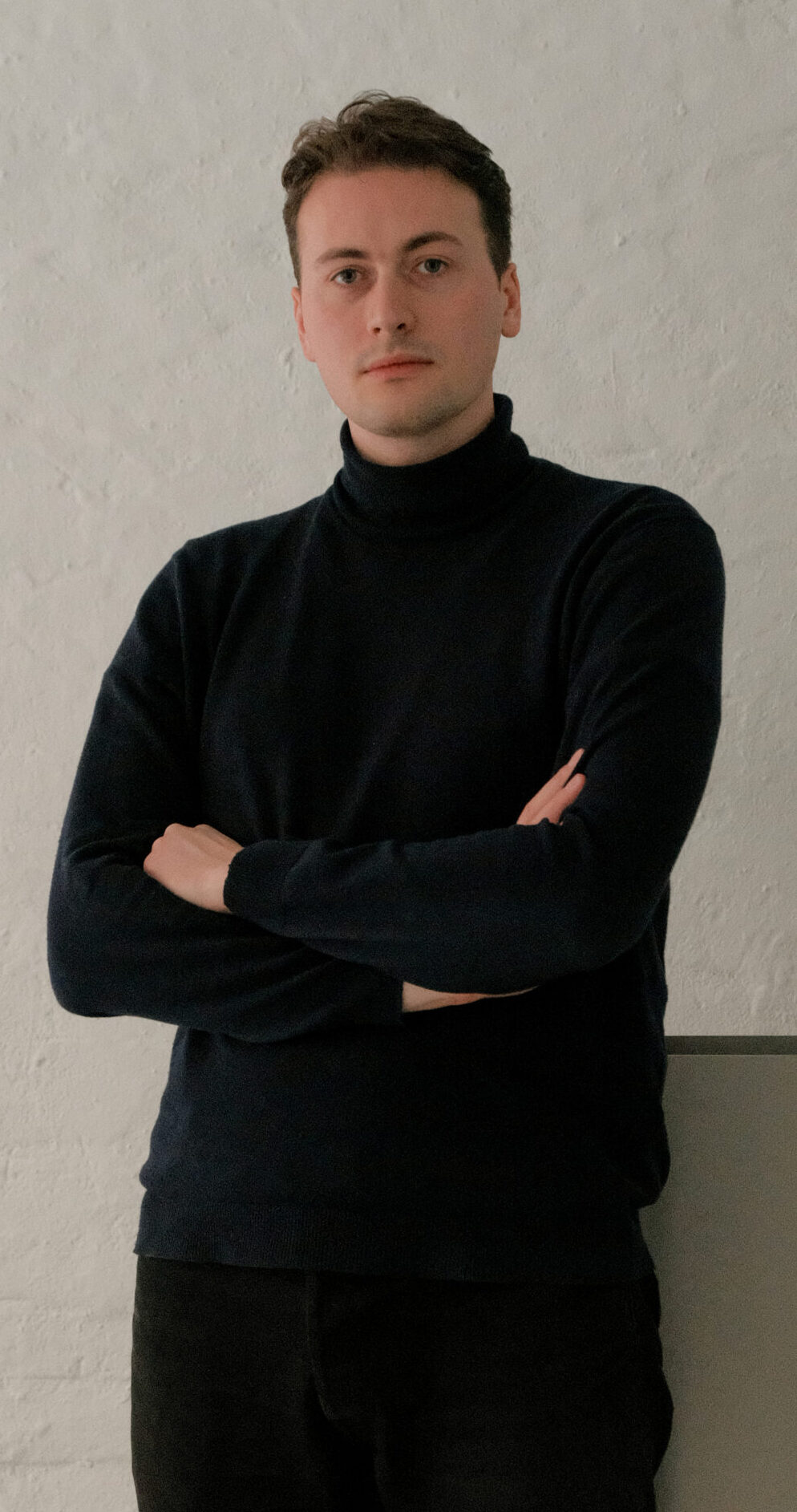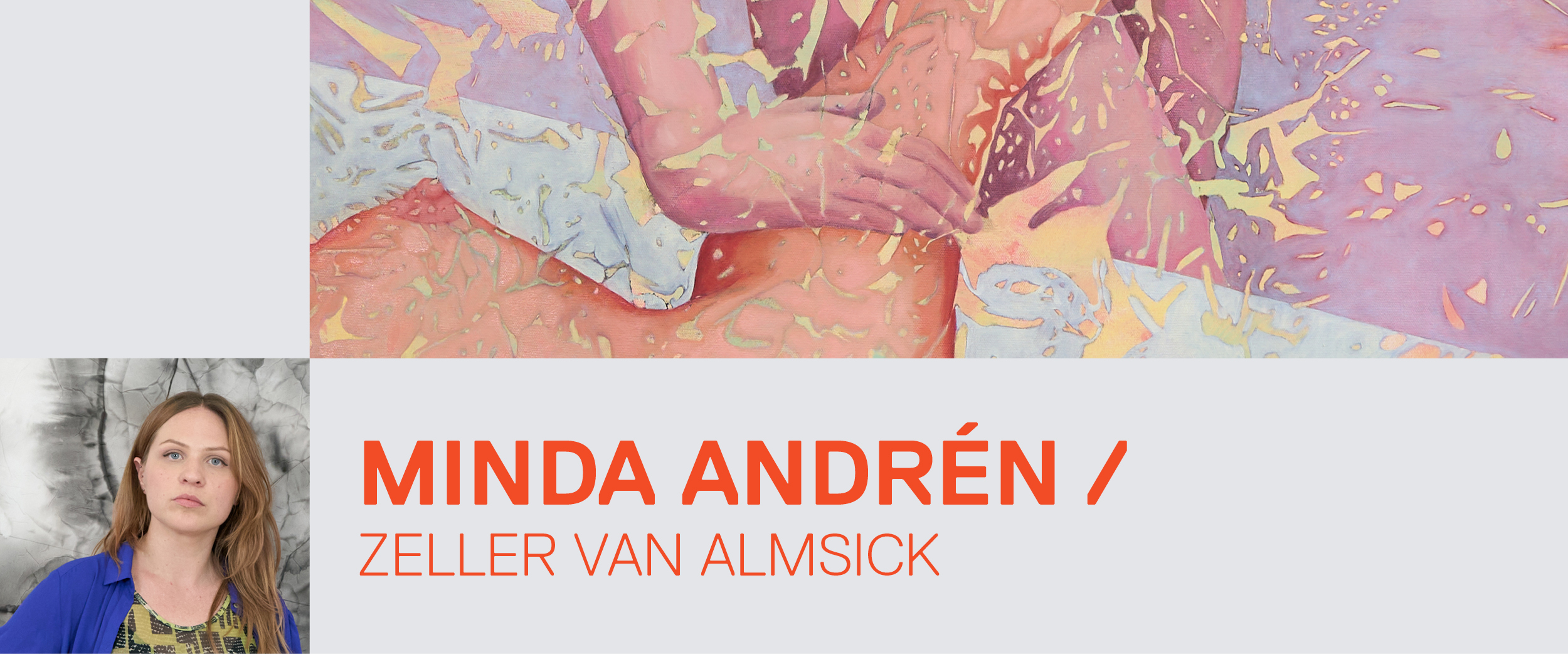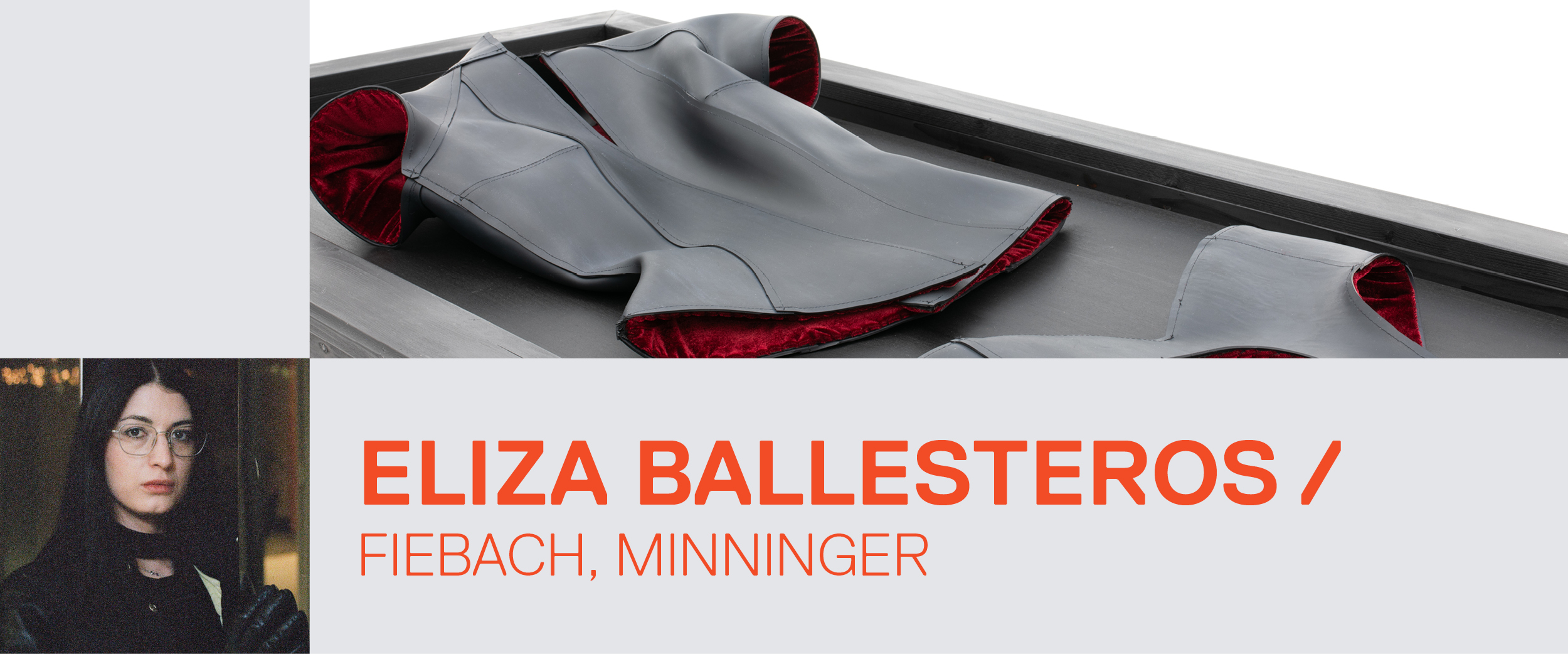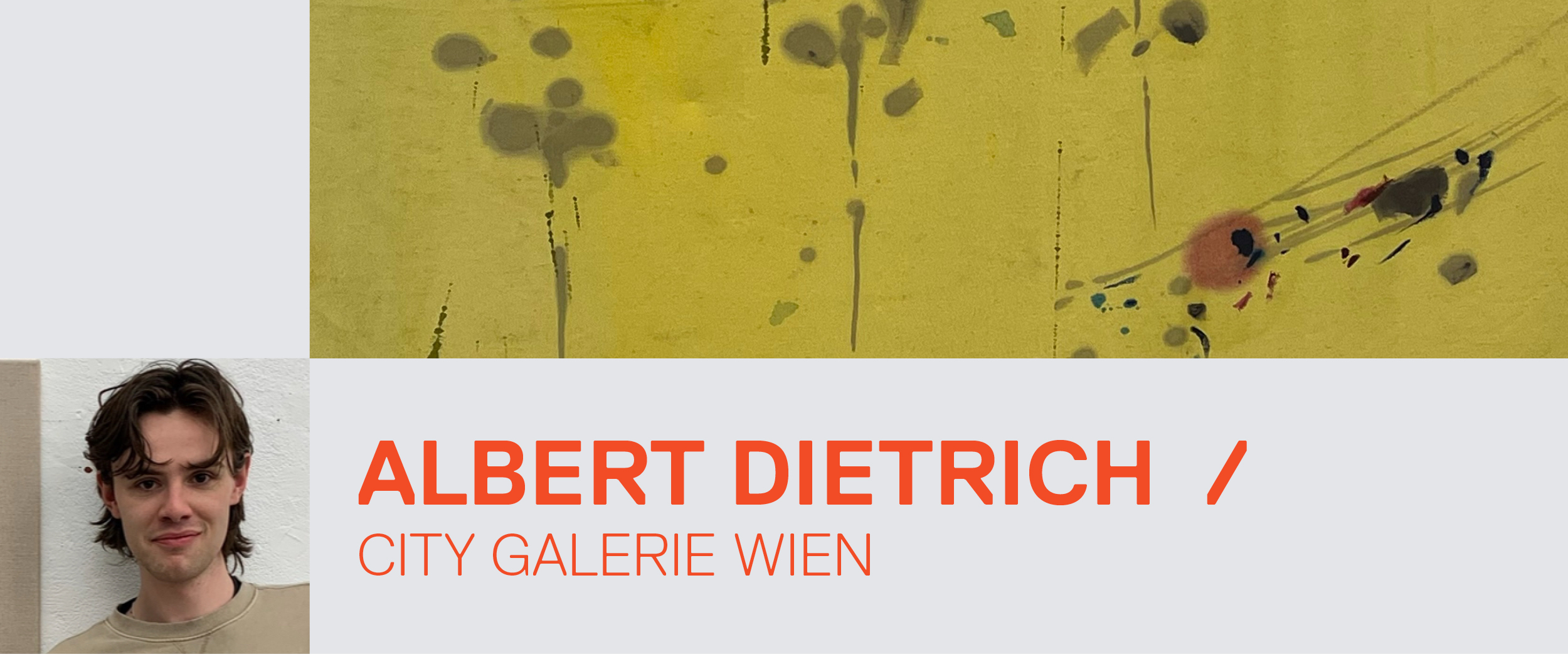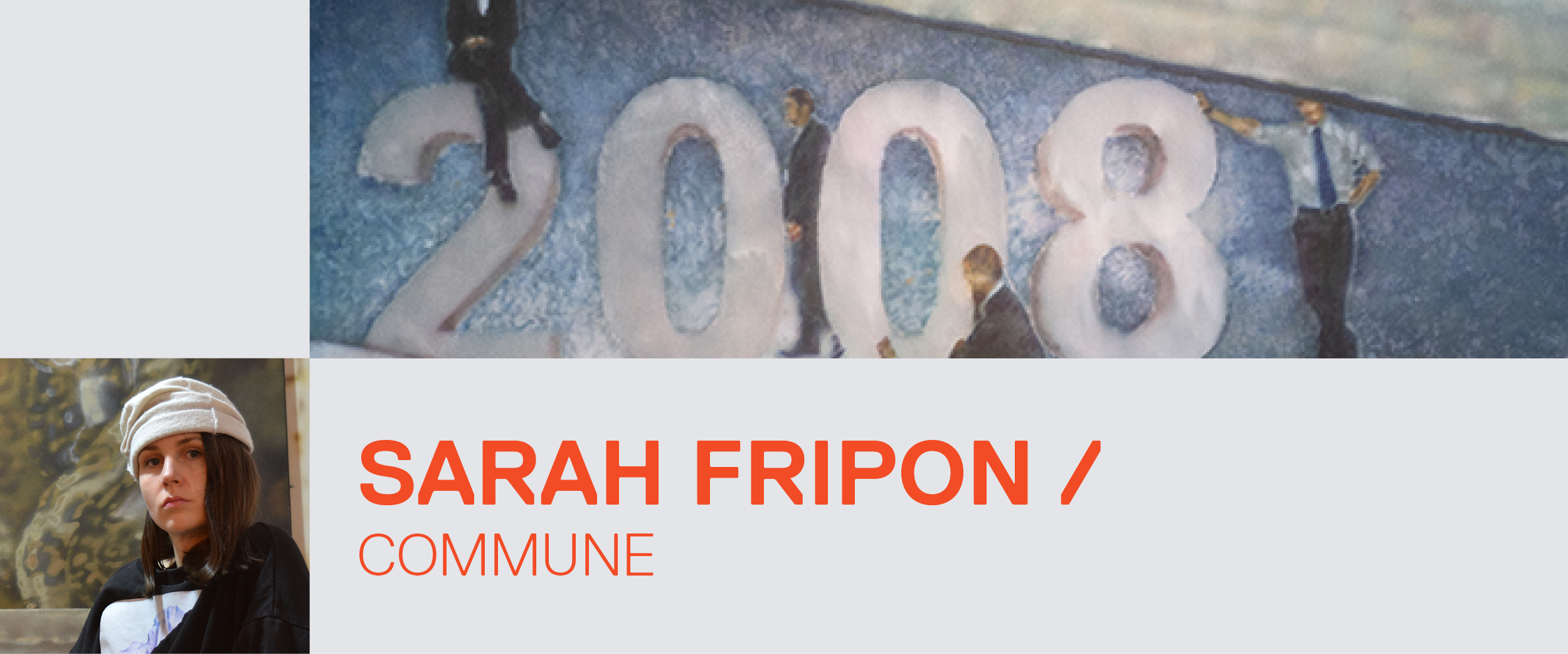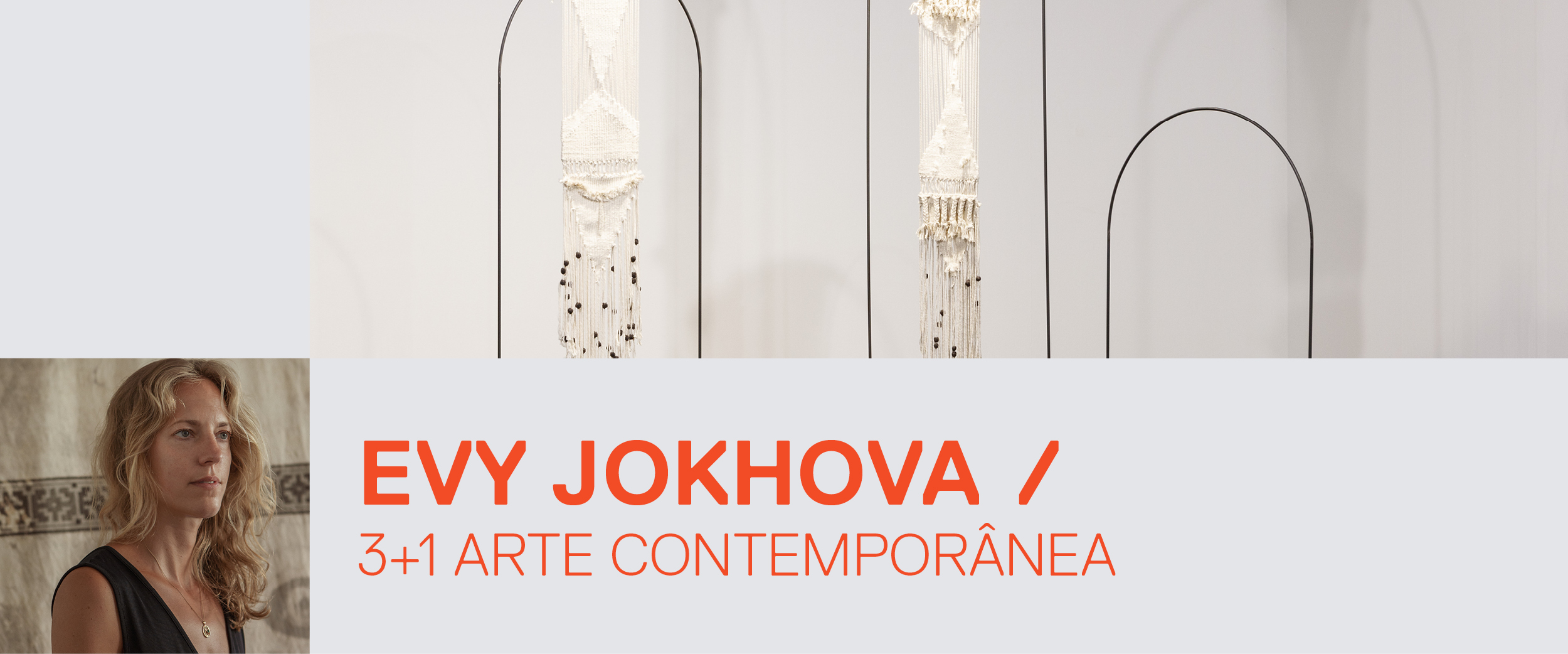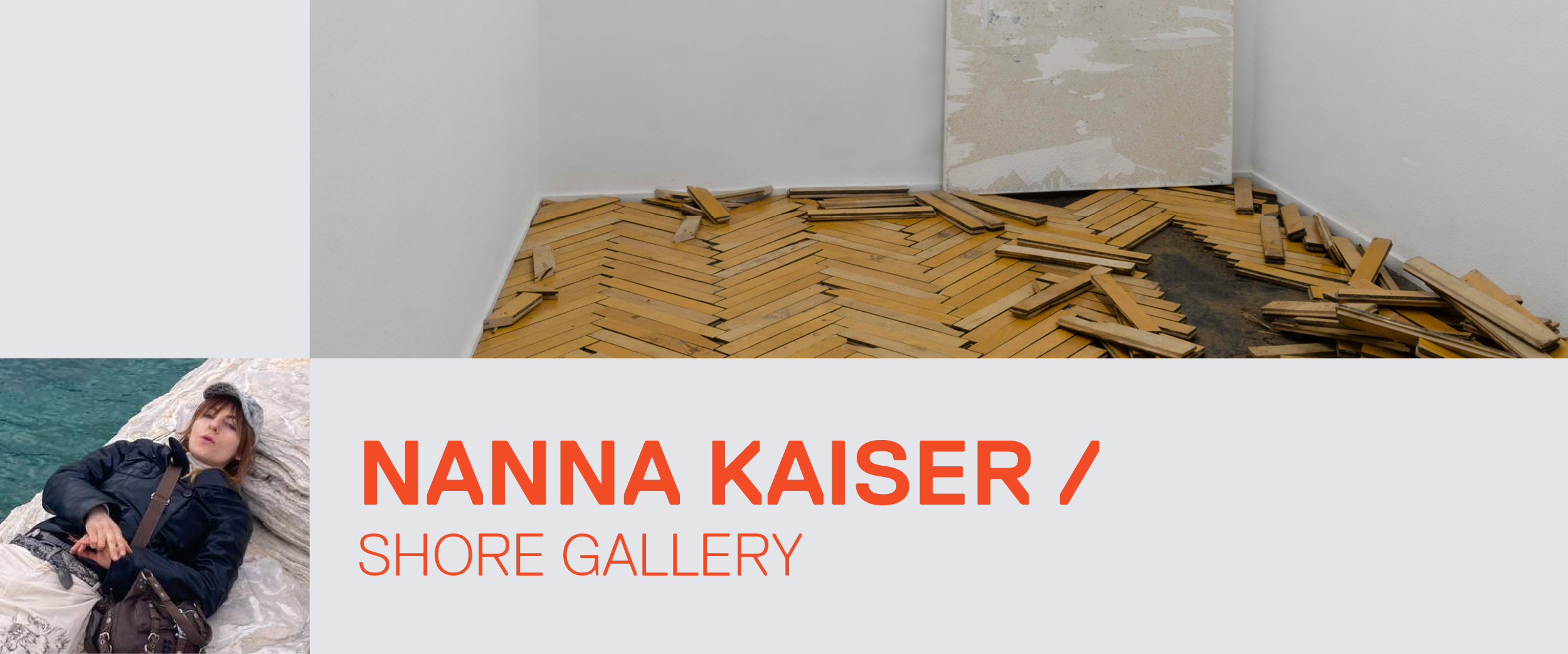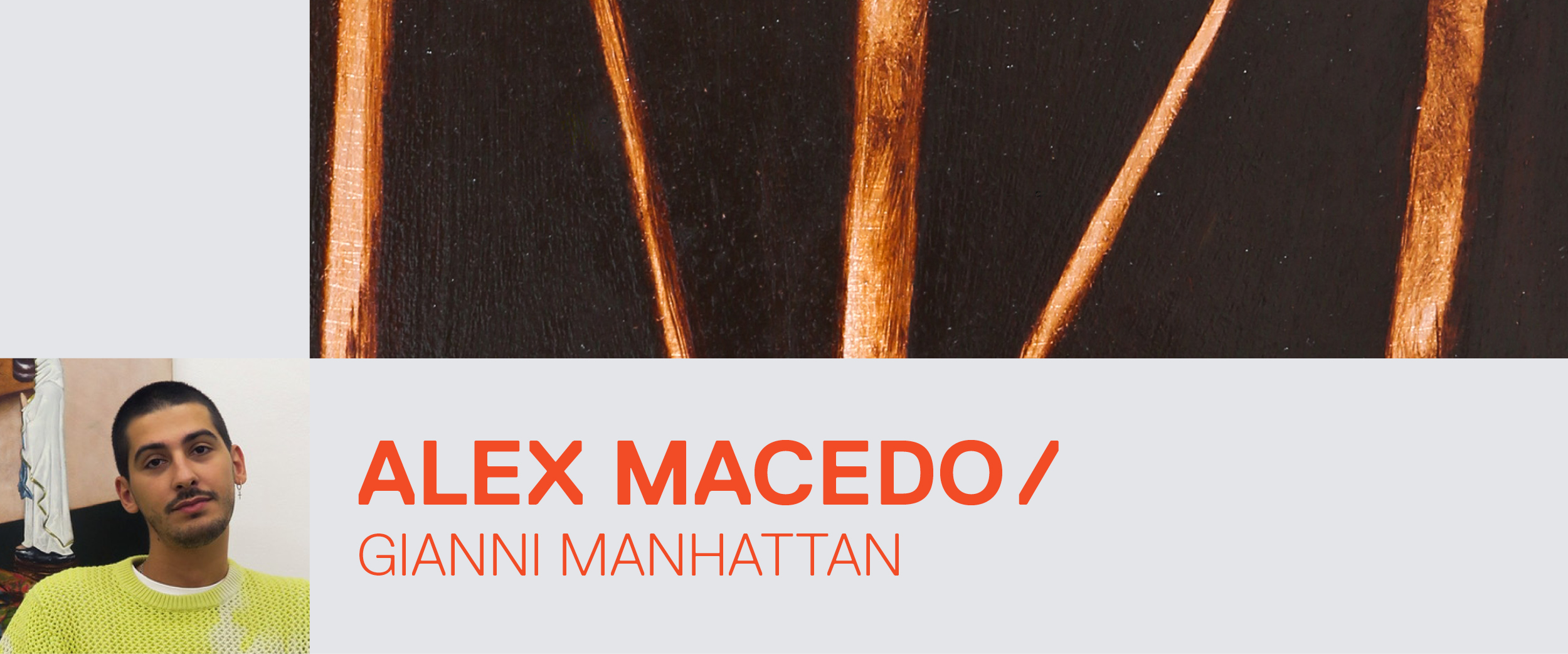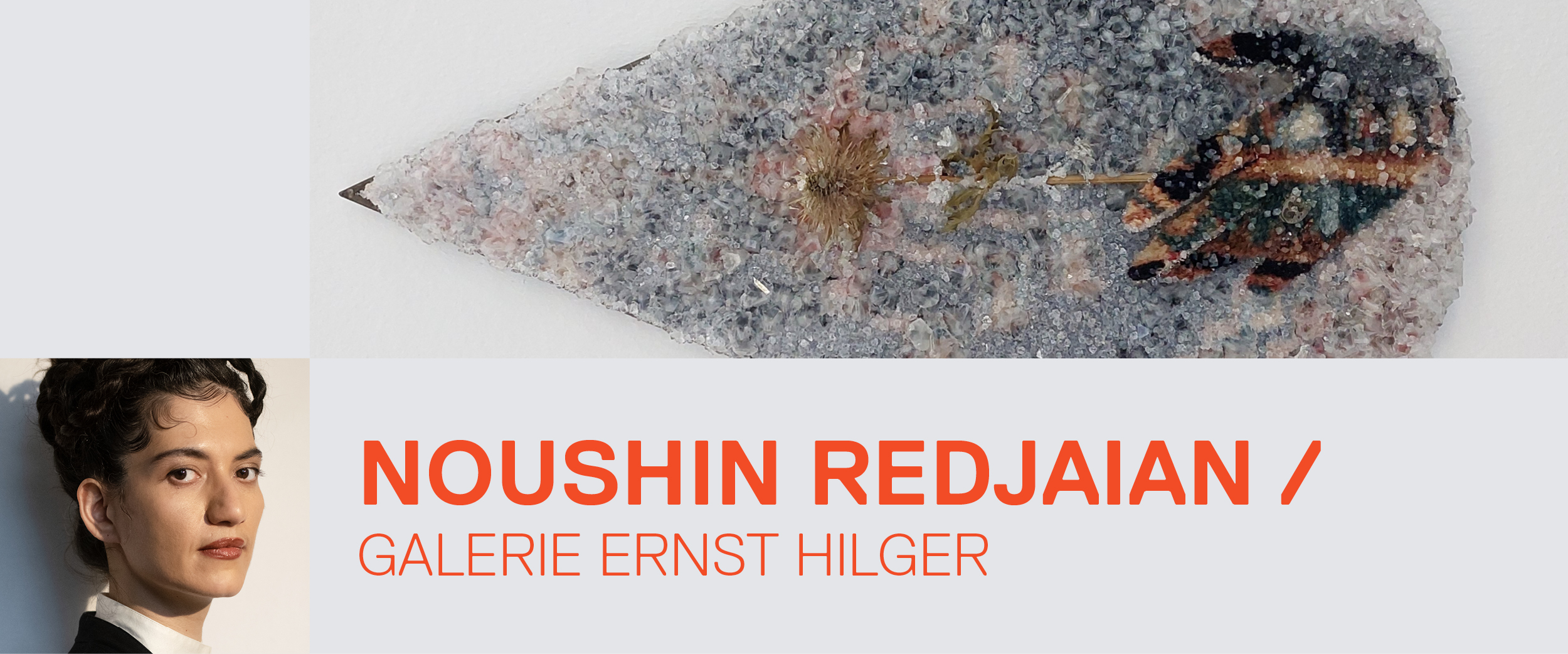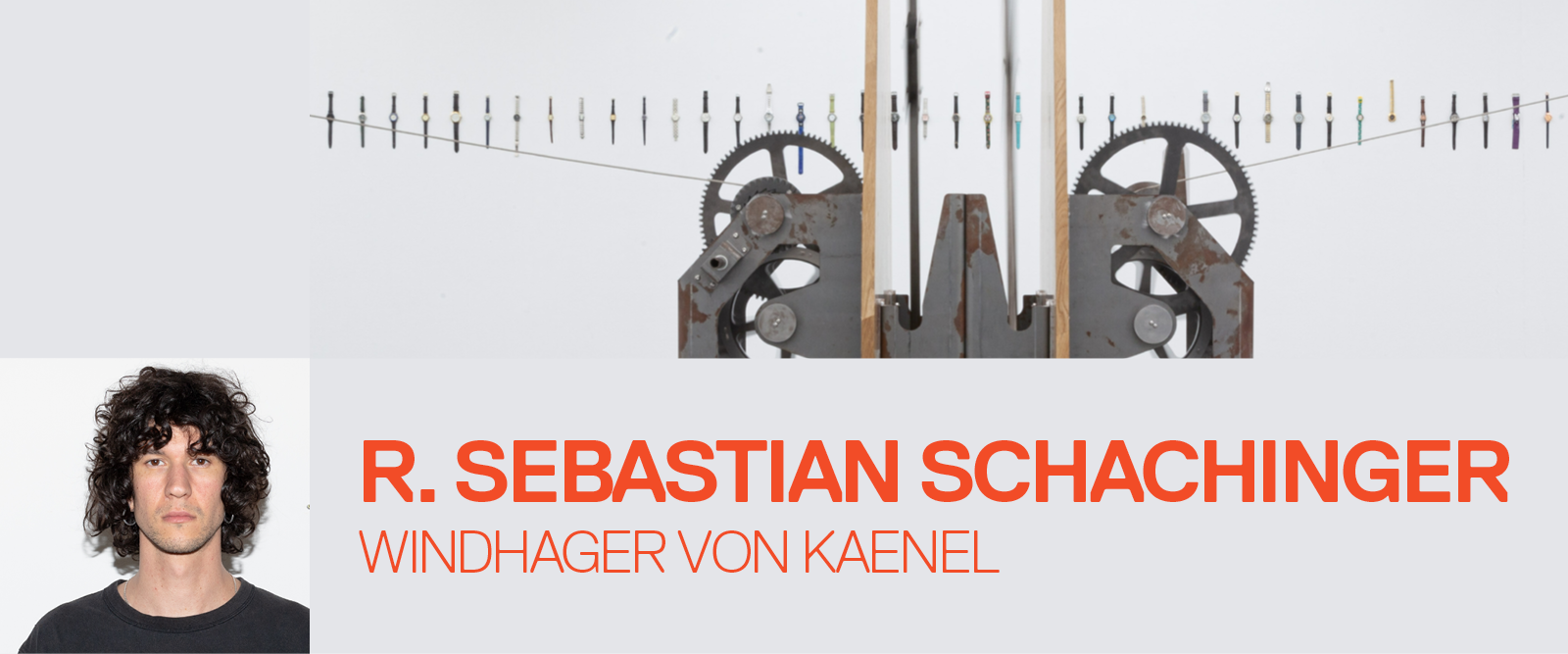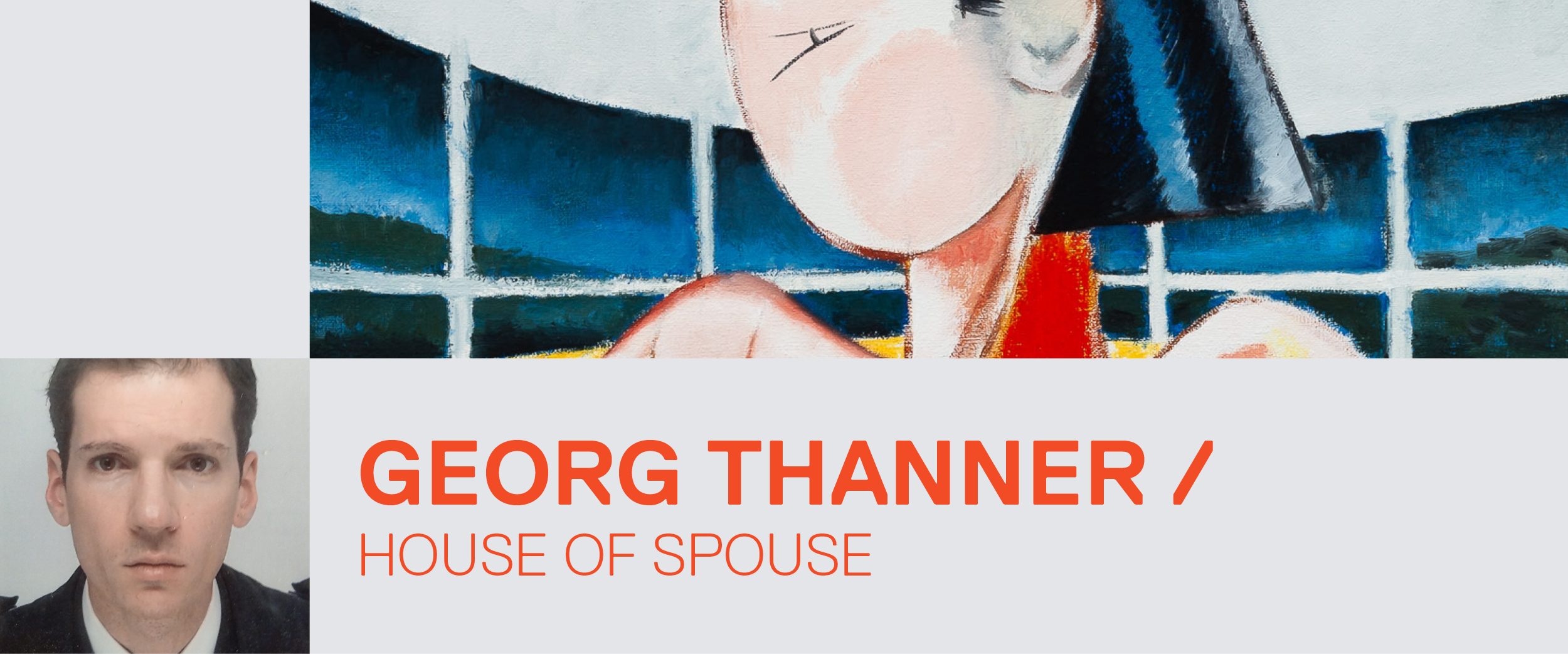ZONE1
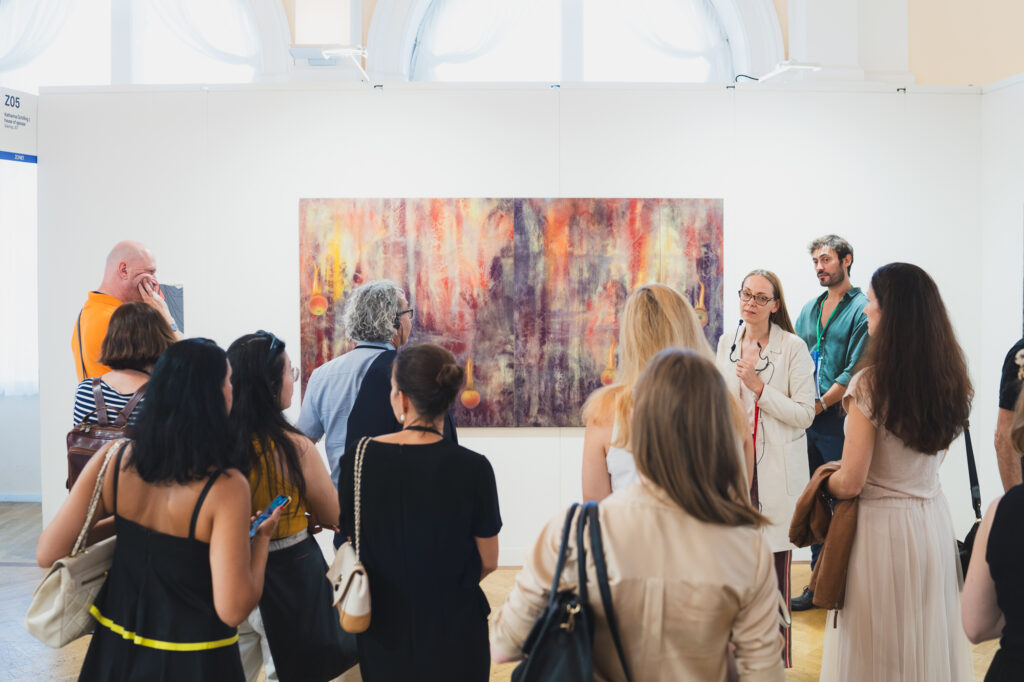
This year’s ZONE1, the fair’s section focusing on emerging talents with a connection to Austria, will be curated by Bruno Mokross. With ten solo exhibitions of artists who live or have lived in Vienna and are represented by local and international galleries, Mokross wants to examine what attracts international artists to Vienna and how the living conditions here affect their art:
ABOUT THE CURATOR
Bruno Mokross works as an artist, curator, and software developer in Vienna. He runs the independent exhibition space Pech and is one of the founders and main organizers of Independent Space Index, the network and eponymous festival of Viennese project spaces.
PARTICIPATING ARTISTS
Minda Andrén I Zeller van Almsick
Eliza Ballesteros I fiebach, minninger
Albert Dietrich I City Galerie Wien
Sarah Fripon I COMMUNE
Evy Jokhova I 3+1 Arte Contemporânea
Nanna Kaiser I Shore Gallery
Alex Macedo I GIANNI MANHATTAN
Noushin Redjaian I Galerie Ernst Hilger
Robert Sebastian Schachinger I Windhager von Kaenel
Georg Thanner I house of spouse
Minda Andrén (born 1990 in Sweden) lives and works in Vienna, where she studied at the Academy of Fine Arts. Andrén builds visual riddles from the embedment of found and borrowed images that she collects from glimpses and motifs taken from our daily surroundings, physical and digital media.
Andrén resignifies the original images into playful, intricate compositions that dislocate their original connotation to ask questions about what happens when flows of images, meaning, and interpretations overlap, thus playing with the temporalities of digital media from the supposed staticity of painting.
Eliza Ballesteros lives and works in Vienna, Austria, and Düsseldorf, Germany. She appropriates symbols and materials by recontextualizing them, often imbued with specific cultural meanings and connotations. Her work is an ongoing research that evokes images, contains time references, and offers a determined perspective on reality. Her installations are continuous negotiations and investigations into themes such as domestication, traditions as cultural practices, folklore and camp (as kitsch), power relationships, interpretation sovereignties, and uncanny fetishes.
Albert Dietrich (born 1997 in Hamburg, Germany) studied Fine Arts at Städelschule in Frankfurt am Main. Dietrich’s work extends from intuitive methods applied to sculpture and painting. Via the inclusion of salvaged furniture pieces, he assembles installations in which the paintings are informed by auxiliary entities. The combination of mediums, material referents, and the interplay of new and aged textures produce ahistorical tableaux with indeterminate subjects. He lives and works in Vienna.
Sarah Fripon (born 1989 in Zeitz, Germany) lives and works in Vienna and studied at The Academy of Fine Arts Vienna. Fripon’s practice constitutes a process of quoting and imitating imagery containing fragments of stock photographs, cinematic elements, screengrabs, 3D software, and other forms of digital and analog photographic iconography that are collated and manipulated within compositions that explore aspects of societal power structures and temperaments. The imagery within Fripon’s work is oftentimes taken from her everyday life, building on an archive of documentation that she collects on city walks, in mail-order catalogs, in shops, and other facets of the private and public spheres. Fripon then modifies, edits, and manipulates the images into collages that act as association chains or streams of consciousness that the artist ultimately ties together within the canvas.
Evy Jokhova (born 1984 in Switzerland) lives and works between Lisbon, Tallinn, and Vienna. Her cognitive and phenomenological processes are brought forth through her fingers in realizing the works in her practice. We are privy to her experiences in a rich tapestry of materials in this multidisciplinary body of work, including sculpture, installation, photography, film, drawing, and performance. Jokhova is a conduit for information, the result that is seen in the works has passed through the immense filter of her mind. As a contemporary voyager and anthropologist, she is gleaning from various cultures and interests in architecture and social and political structures. These concerns are then applied to the multiple techniques she employs to make her pieces.
Nanna Kaiser (born 1991) lives and works in Vienna. Situated within a lineage that owes much to the technique developed by Heidi Bucher in the 1970s of ‘skinning’ walls and floors with liquid latex, imploding private, domestic spaces, or the skin-like, corporeal quality of Eva Hesse’s latex-based sculptures, Kaiser’s works upset conventions. Hers are paintings that engage with sculptural concerns, or vice versa, collapsing all distinctions between objecthood, surface and optical perception. Dipping in the pool of melancholia, they bring up capitalism’s psychological stain on this withered architectural skin, cracks, and tears for all to see.
Alex Macedo (born in 1995 in Ettelbruck, Luxembourg) is a Portuguese and Luxembourgish artist based in Vienna. Recent exhibitions include: quiet interlude, Amêndoa Amarga*, University of Applied Arts, Vienna, Austria (2023); L’orage est parti, Franz Josefs Kai 3, Vienna, Austria (2021); Invisible Hand, The Image from Studio to Algorithm, UGM, Museum of Contemporary Visual Arts, Maribor, Slovenia (2023); A Gift to the Dark, VinVin, Vienna, Austria (2023); Ostreoidea, Ostra, Lisbon, Portugal (2022); Days of Unearthing, Czech Centre, Vienna, Austria (2022). At ZONE1, Alex Macedo presents a series of small-scale oil paintings on copper. His paintings are set within a void, a dark, shadowy background, allowing him to isolate the metaphysical components of his paintings and illuminate his forms with accents of light. This approach places them in a timeless, delicate moment, suspended away from our physical reality. Macedo’s practice builds upon the historical traditions of still life painting, which was conventionally ripe with symbolic objects, emphasizing the transience of life and the futility of earthly pleasure.
Noushin Redjaian studied at the University of Applied Arts in Vienna. She deals with the transcendent nature of symbolic language and its conservation. Inspired by cultural history and poetry, she creates objects and sculptures that confront their past and future. Her parents taught her the art of carpet restoration and she draws inspiration for her work from this knowledge. Redjaian explores the natural beauty of the material and its symbolic meaning and deals with elements of nature and time. She creates a discourse through the tension between fragility and permanence. Complex and subtle actions sprout from a variety of materials, their history, and their constitution.
R. Sebastian Schachinger (born in Freiburg im Breisgau, Germany), lives and works in Vienna, Austria, and Basel, Switzerland. He graduated with a Bachelor of Arts in Fine Arts from HGK Basel FHNW. His recent solo and group exhibitions include City Salts, Birsfelden/Basel, Switzerland; Kunsthalle Basel, Basel, Switzerland, Kunsthalle Palazzo, Liestal, Switzerland, Kunsthaus Baselland, Muttenz/Basel, Switzerland, and WAF Galerie, Vienna, Austria. In 2022, Schachinger was awarded the Kiefer Hablitzel Göhner Prize. Since 2023, he has run the project space RUF in Vienna, Austria. Within his work, R. Sebastian Schachinger offers a philosophical gaze on concepts such as time, work, art, politics, and the social constructs associated with them. Through large-scale installations, sculptures, sound, and performances, he explores the tensions between objects, personal memories, the body, machines, and the various mechanisms and relationships they engage with each other. Schachinger views performances, often arising unrehearsed and spontaneously, as a practice to learn about the world through physical experiences.
Georg Thanner (born 1991 in Munich, Germany) lives and works in Vienna. He is primarily concerned with the narrative aspects of painting and is just as interested in the medium’s possibilities as in its boundaries. The impossibility of linear narration in painting is counterweighted by being freed of the constraints of linear perception. The persistence of artistic practices and positions that are considered outdated in Western, bourgeois discourse, whether due to antagonism, indifference, or simply friendly crankiness, is a frequent point of reference.
ABOUT ZONE1
A regular highlight since 2015, the exhibition format exclusively presents the works of talented artists under 40, who either live, work, or have received their education in Austria. Appreciated by institutions, art experts, and visitors alike, ZONE1 provides a unique space for these artists to make their mark on the international art scene and has established itself as a stepping stone to accelerate young artist’s careers.

